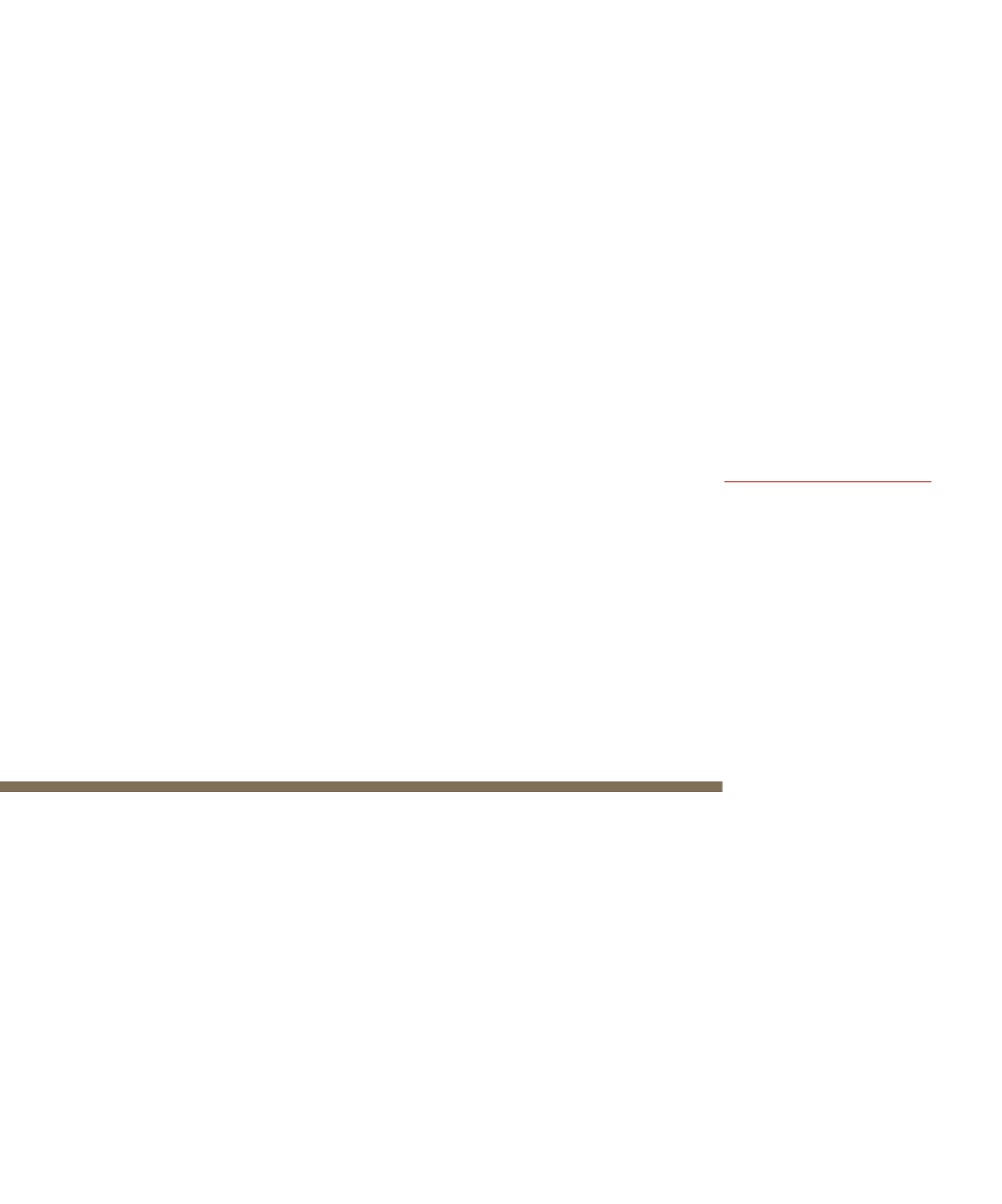Information Technology Reference
In-Depth Information
source or many others onto personal computers or dedicated hardware devices known as
e-book readers. A number of e-book hardware devices are available including the Kindle from
Amazon.com and the Pepper Pad, Cybook, Franklin eBookMan, Easyread, Personal Digital
Reader, and Hanlin Reader, all priced from around $150 to $400. The Sony Reader Digital
Book sells for just under $300 and has a 6-inch display that uses e-Ink technology and is
almost paper-like, making it easy to read even in bright sunshine. The text can also be mag-
nified for readers with impaired vision. The Reader Digital Book weighs 9 ounces, is only
half an inch thin, and can store up to 160 e-Books. It is more compact than most paperbacks
so it can be easily held in one hand.
45
Eyebud Screens
Eyebud screens are portable media devices that display video in front of one eye. They employ
optical technology that provides very high resolution and “enlarges” the video or images.
With the proximity of the screen to the eye and the magnifying effect of the optical tech-
nology, using an eyebud screen is like watching a 105-inch display from 12 feet away. Such
devices enable users of portable media devices to capture the big-screen, movie-screen, or
home-theater experience, wherever they are.
The eyebud screen displays
“enlarged” and high-resolution
video.
(Source: Courtesy of eMagin Corp.)
In general, computers can be classified as either special purpose or general purpose.
Special-
purpose computers
are used for limited applications by military and scientific research groups
such as the CIA and NASA. Other applications include specialized processors found in ap-
pliances, cars, and other products. For example, automobile repair shops connect special-
purpose computers to your car's engine to identify specific performance problems.
General-purpose computers
are used for a variety of applications and to execute the business
applications discussed in this text. General-purpose computer systems can be divided into
two major groups: systems used by one user at a time and systems used by multiple concurrent
users. Table 3.4 shows the general ranges of capabilities for various types of computer systems.


